One of the most common complaints I hear people make about the US national parks is how crowded the popular are. While it’s definitely true that they can get crowded at peak times, there are some things you can do to avoid the crowds.
I’m James Ian, and I’m a national park expert. In this article, I’ll share my top ten tips for escaping the crowds in popular national park.
🛏️FIND A HOTEL: Search now
🚘FIND THE CHEAPEST CAR RENTAL: Search Discover Cars for the best deals
✈️FIND THE CHEAPEST FLIGHTS: Search Skyscanner for the best deals
🧳GET TRAVEL INSURANCE: Get insured with Travelex before you go
📱TAKE AN AUDIO TOUR: Buy an audio tour now
No time right now to learn how to avoid crowds at national parks in the USA? Pin It and save it for later:
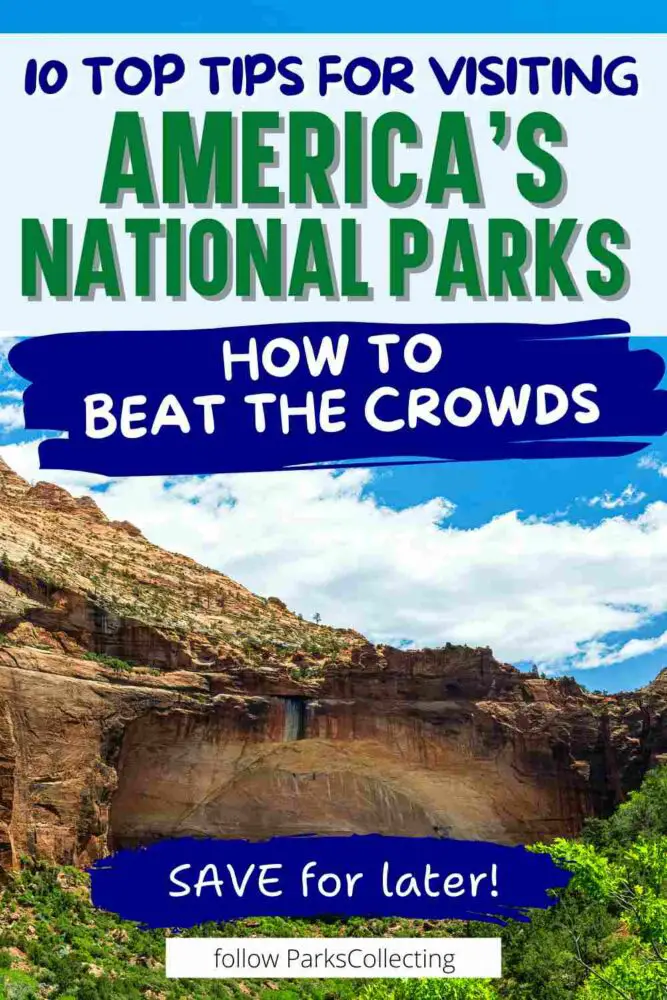
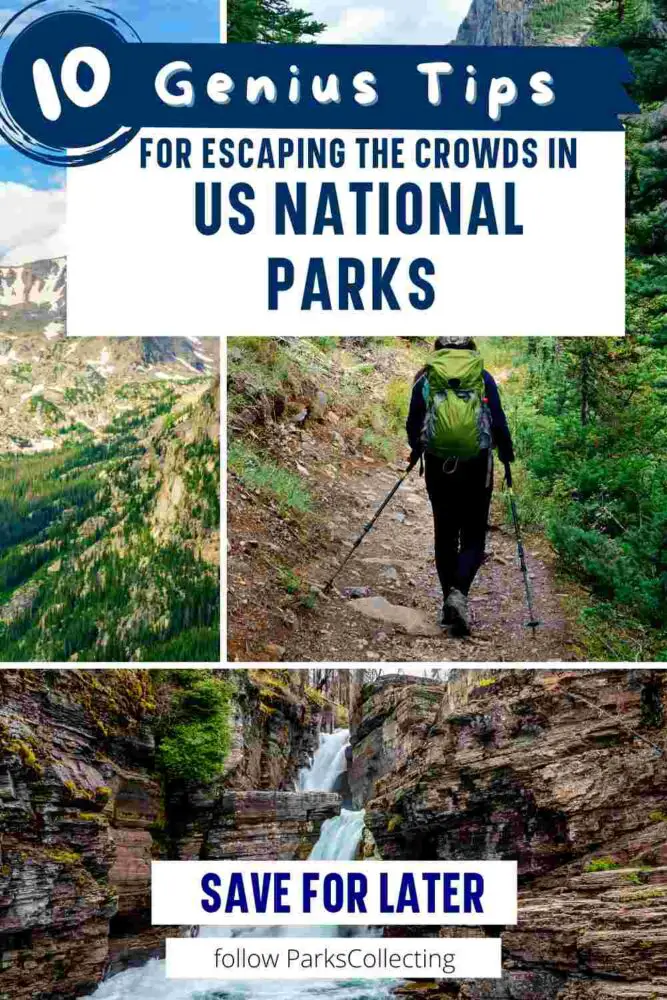
Subscribe to daily national parks planning tips, travel inspiration and trip ideas and I’ll send you a free PDF of this Guide:
How to Avoid Crowds at National Parks: 10 Top Tips
Table of Contents
1. Get an early start
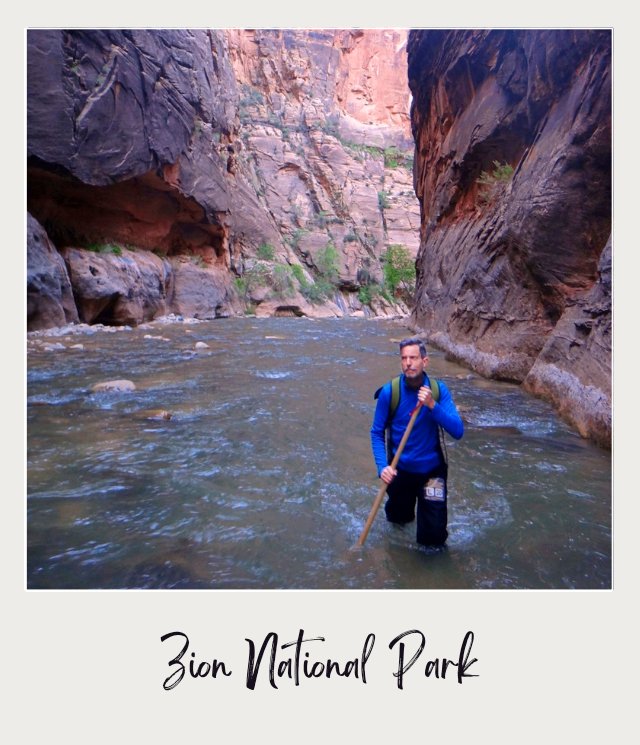
I know many people like to sleep in a little on vacation, but national parks vacations aren’t the best types of trips to do that. The early bird really does get the worm. By getting a very early start, you can get to the trails before most people and be well on your way before many other people start to arrive.
I did this when I hiked the Narrows in Zion. I saw very few people for ¾ of the day. It was only the last half of the return trip that there were suddenly people everywhere. I did this too on the Figure 8 Loop in Bryce Canyon National Park. I got an early start and saw only a handful of people for almost the whole hike (in August). It was only when I got the Wall Street section of the hike that there were suddenly hordes of people all around me.
Getting an early start also means you can avoid the lines to get into the park. I usually drive right through the entrance stations – usually there isn’t even a staff member there yet.
And when you’re in, it’s easy to get a parking spot. Try to organize your day so that you don’t need to drive and find a different parking spot in the middle of the day.
If you get there early enough, you can also often arrive before timed entry reservations are needed for the day, if you’re visiting a park that has timed entry permits.
2. Arrive later in the afternoon

The other option is to arrive later in the afternoon. You can either spend ¾ of the day in one part of the park then move and arrive at a popular place mid-afternoon. Or leave the park for the middle of the day when they are usually most crowded and return mid-afternoon. Or spend the morning in a less-visited area, then arrive at the popular part of the park later in the day.
For example, I’ve found that if you arrive at the main Visitor Center parking in Zion National Park after 3:30pm, parking spaces have started to open up again as people leave (they are usually full by 8:00am in summer).
So, I arrive early, do a popular hike, then leave and go to a less popular part of the park in the middle of the day (or just spend the whole morning in a less crowded area), then arrive after 3:30pm for a late afternoon hike on a popular trail with very few other people.
3. Explore lesser-known trails and attractions instead of popular hotspots
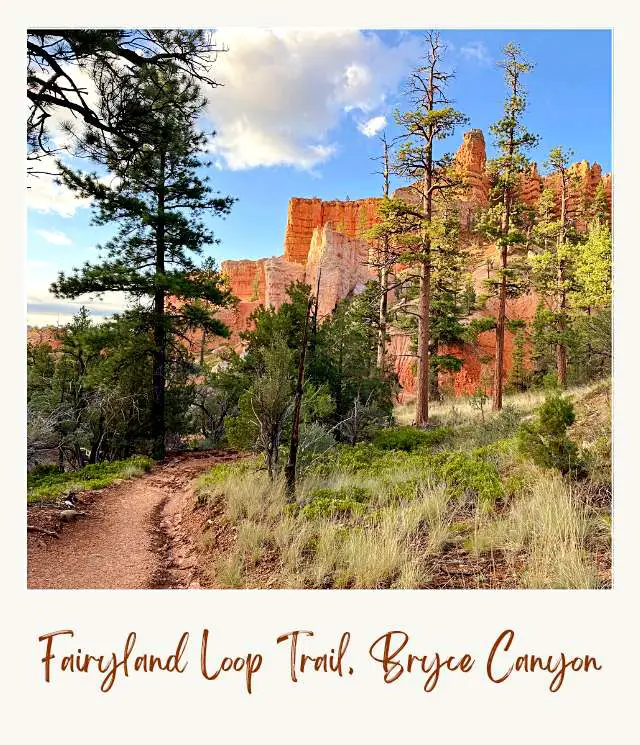
I kind of mentioned this above, but not all parts of the parks are equally popular (read “crowded)”. There are many awesome places that a lot fewer people go to. Of course, you want to go to the ‘hotspots – they’re popular for a reason. But there are many other wonderful places in the parks that are less crowded.
So, before you go, research and select areas of the park that are less well-known. Also look for less-visited entrances or access points to the park.
For example, I hiked through Fairyland in Bryce Canyon National Park at the height of summer and saw fewer than a dozen people. And when I visited the North Rim of Grand Canyon on the same trip, there were usually just one or two other vehicles at each of the viewpoints. And I hiked the East Rim Trail to Observation Point in Zion National Park in early August and encountered 7 other people in total!
4. Coordinate busy/ quieter times and locations
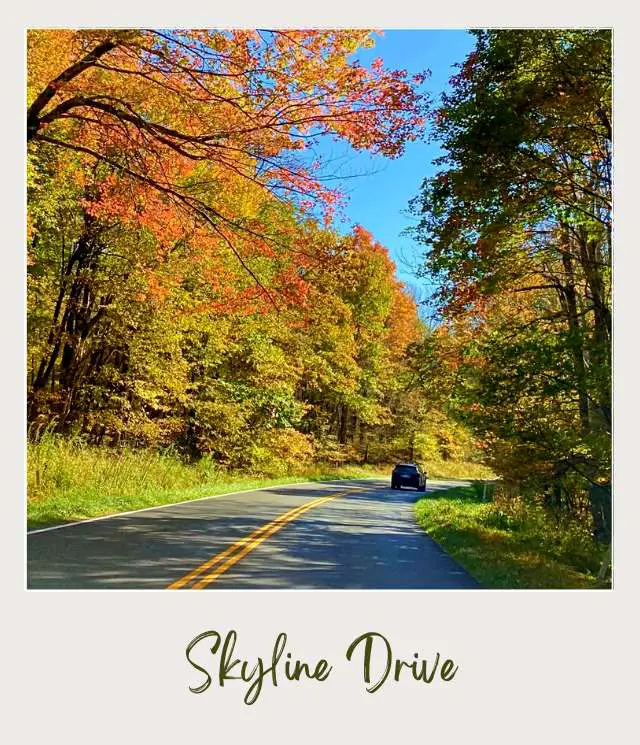
This idea here is that before you go, research the things you want to do, places you want to see, and hikes you want to take. See which ones are the most popular.
Then plan an itinerary around this.
For example, I get into the park early and head straight to a popular hike. If it’s a long hike, then I’m there all-day, with a picnic lunch on the trail, usually encountering people as I’m returning only. If it’s a half-day hike, I go early, then spend the middle of the day going somewhere less busy, like a scenic drive or less popular trail, then return mid-afternoon for a shorter popular hike.
If this sounds daunting, I’ve factored all this into the itineraries that I sell here on my website. They are all timed around crowds as much as possible.
5. Stay overnight in the park
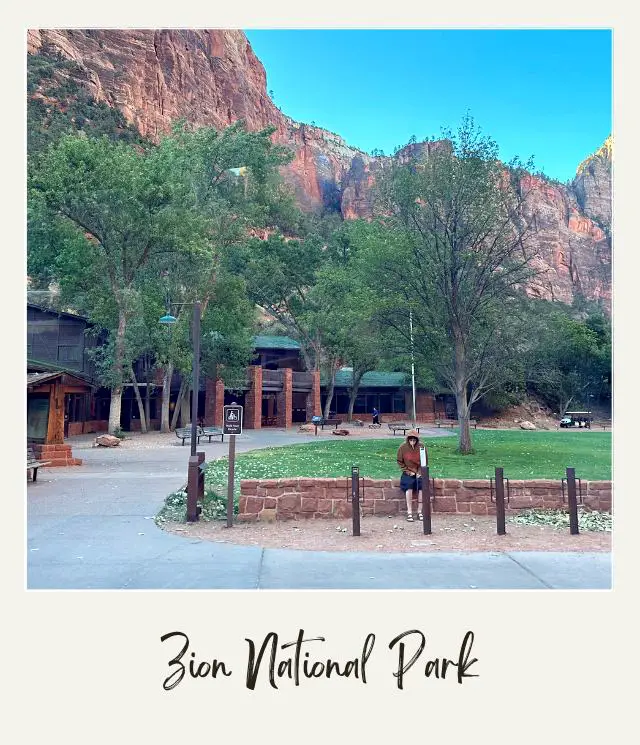
There are two schools of thought here. One option is stay outside the park so you can escape the crowds in the park and hang out by the pool of your lodge or campground (if they have one) when the parks are super busy.
That works. But you aren’t actually visiting the park then.
If you want to avoid crowds while you’re in the park, then easiest way to do that is to stay inside. There are often historic inns and lodges inside the parks, and usually at least one campground.
There are a couple of advantages to staying inside the park. You can skip the lines to get into the park, for one. You also have less distance to travel, so you can get to trails earlier, and head out before most people are there.
It also gives you the chance to enjoy peace and quiet before most people arrive and after most people leave.
6. Head Into the Backcountry

This isn’t for everyone, but if you have the skills, fitness, and desire, heading into the backcountry is a sure way to get away from the crowds.
Most people who visit the national parks stick to the main, easily-accessed areas. However, there are vast areas of the parks that very few see. Chances are you’ll be alone or, at the very least, have only a few people around you, on your backcountry adventure.
You do typically need a permit to hike and camp in the backcountry, so when you decide which park(s) to visit, go the NPS official website and search for backcountry permits to see how and when to get them. Sometimes you can get them online and sometimes you need to get them in person at the park (though the in-person requirement is becoming less and less common).
7. Visit during the shoulder seasons
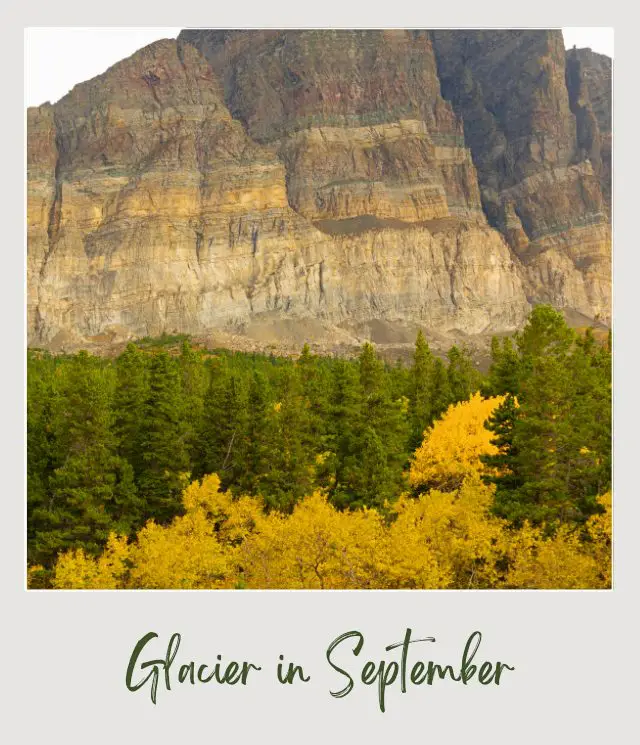
Most national parks are busiest during school vacation periods and on holiday weekends.
I know that this is not possible for many people, especially of you have kids (or are a school teacher), to go at any other time. However, if you can, avoiding these periods and going in the shoulder seasons (spring and fall for most parks), is a much more pleasant. Not only do you avoid the crowds, but most parks are also a lot cooler – and accommodations are often cheaper.
My favorite month to go is September, followed by May. In September, especially just after the Labor Day weekend, facilities in most parks are still open, the weather is cooling down but still warm, and there are a lot fewer people around. May also has fewer people and nicer weather, and waterfalls are especially beautiful in many parks.
One thing to be aware of, though, is that some parks that require reservations, like Glacier National Park, can be more crowded just before or after the reservations are no longer required (and the lack of reservations doesn’t control the crowd sizes), so these parks can actually be worse for a short period before or after the reservations period starts/ ends than at the height of summer when timed entry permits limit the number of visitors.
Here is a list of National Parks that require reservations.
8. Go mid-week
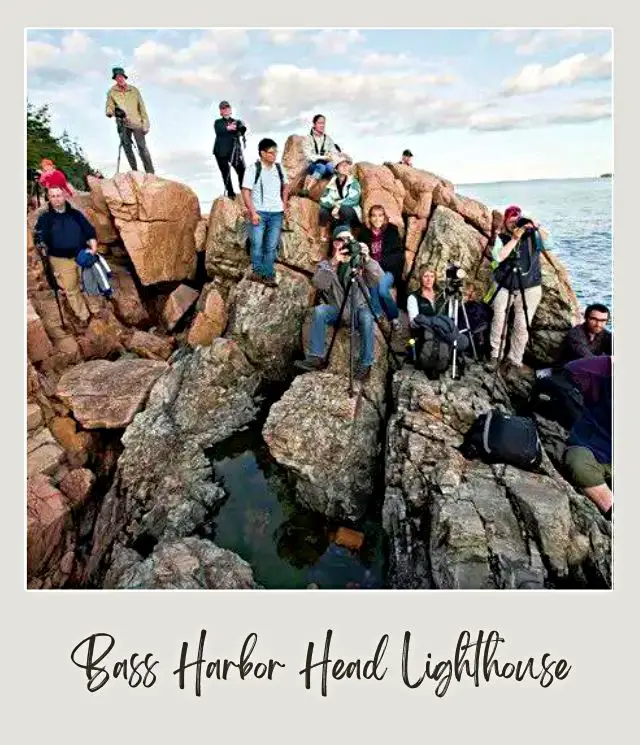
Most national parks are usually busier on the weekends than weekdays, even during the busy summer months. This is especially true of parks that are near major urban centers like Joshua Tree (Los Angeles) or Shenandoah (Washington DC). Try to avoid weekends at these parks in their peak seasons if possible.
If you can’t avoid weekends, then try to do the more popular activities or visit the most popular areas on weekdays and leave the weekends for the less crowded parts of the park.
9. Get information online before you go
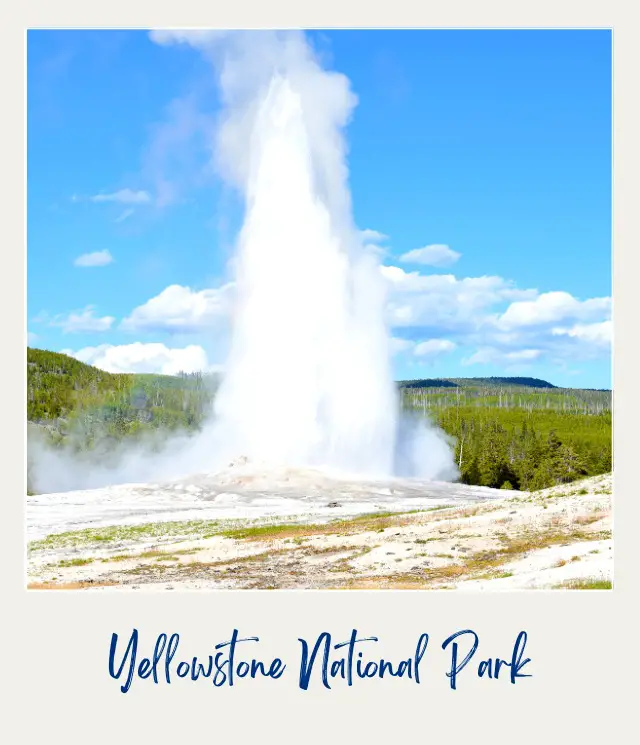
There are often long lines at the Visitor Centers for information and maps.
You’ll usually get handed a map at the entrance station, but if you arrive early enough, you’ll get there before the entrance station is staffed. You can take the stress out of needing to get a map – and avoiding lining up for one – by buying them online before you go. National Geographic has a great set of topographic maps of each national park that I love (like this one for Yellowstone).
For other timely information that you might need, such as eruption times for the geysers in Yellowstone National Park or flash flood warnings for the Narrows in Zion National Park, you can check the NPS website or call hotline numbers to find out and skip the lines at the Visitor Centers.
10. Bring a picnic
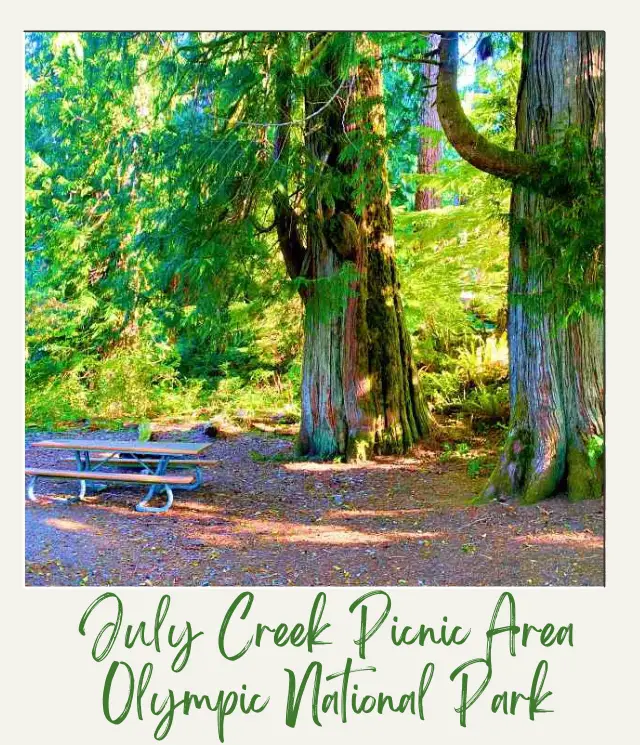
Restaurants and cafes inside the parks are congestion points. The food is typically average at best and lines can be long. A great way to avoid this is to pack a picnic and eat at less crowded picnic areas instead of dining at popular restaurants. There are designated picnic areas in most national parks.
You can also find a spot on a trail and have an impromptu picnic there (though choose a viewpoint where you can relax without going off-trail).
Do you have any other tips for avoiding crowds in popular national parks? I’d love to hear about them. Join my private Facebook group National Parks Collectors and comment and let me know (you can also pick up extra planning tips, share your photos and stories with other national park lovers and more).
Are you just starting to think about taking a National Parks trip? Get Inspiration
Are you starting to plan a trip to a national park? Read my free guides
Do you need tips and additional information? Read a selection of tips for visiting US national parks
Are you ready to book your trip? Use these Planning and Booking Resources
Do you want to read a book about US national parks? Check out my Recommended Reading Lists
Subscribe to daily national parks planning tips, travel inspiration and trip ideas and I’ll send you a free PDF of this Guide:
How to Avoid Crowds at National Parks: 10 Top Tips
If you liked this article, please share the love and Pin It to your National Parks board!


About the Author
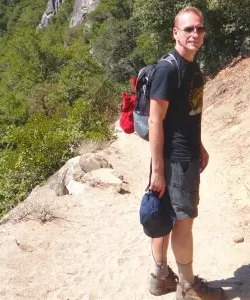
James Ian is a national park, camping and hiking expert.
He has dedicated his life to travel, visiting more than 80 countries, all 7 continents and most of the national parks in the United States. With over 35 years experience in the travel industry, James has worked on cruise ships, at resorts and hotels, and as a travel planner who’s helped hundreds of people plan successful trips to US national parks.
Based on his experience visiting our national parks multiple times, in-depth research and expertise as a travel planner, James has published detailed itineraries for many of the major national parks in the US. These itineraries, as well as in-depth park guides, and other resources will help you have your own incredible trip to US national parks without stress and hassle.
As a national park expert, James has contributed to many publications, including USA Today, Newsweek, Time Business News, Savoteur, Best Trip, and Wired.
I’m a member of the Amazon Services LLC Associates Program. As an Amazon Associate I earn from qualifying purchases.
